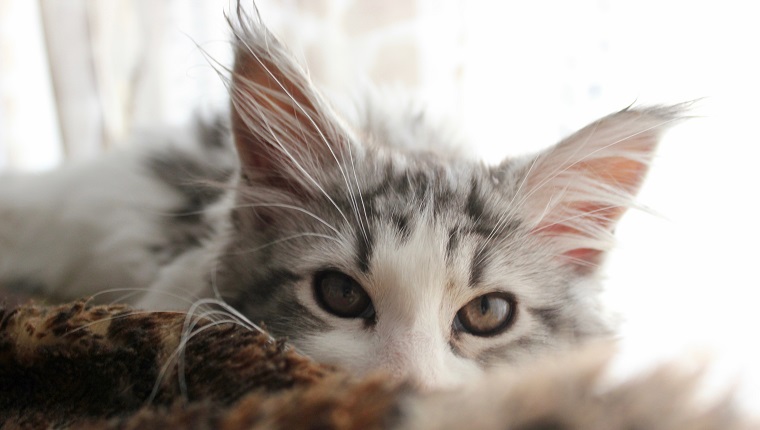Cat ears are responsible for a lot more than inspiring a trend of adorable headbands for humans. Your cat’s ears are incredible body parts that not only detect sound, but control balance, communicate mood, and even help cats hunt prey.
Your cat’s ears are far…






